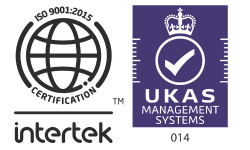Business Pains
There is no single pain point that applies to all areas of a business; each department can face its own unique challenges. These must be considered and discussed across the organisation during the planning phase of selecting an HCM solution.













